Subscribe to our ▶️YouTube channel🔴 for the latest videos, updates, and tips.
Home | About Us | Contact Us | Privacy | Math Blog
Roman Symbols
Do we know from where Roman symbols came? In Rome, people wanted to use their own symbols to express various numbers. These symbols, used by Romans, are known as Roman symbols, Romans used only seven symbols V, X, L, C, D, M to express different numbers.
Roman numeric system uses seven different symbols I, V, X, L, C, D and M, which represents the values 1, 5, 10, 50, 100, 500 and 1000 of Hindu-Arabic numerals.
The Roman numeral of 2 is written as II, and for 3 it is written as III. Roman numeral for 4 is written as IV because no symbol can be repeated more than three times. There are some more rules for combining the symbols to write Roman numerals.
The Roman numeration system, developed by Romans, is based on these 7 Roman digits.
We use these Roman digits to express different Roman numbers.
What are Roman numbers?
Roman symbols - I, V, X, L, C, D, M stand for different Roman numbers.
I stand for 1
V stands for 5
X stands for 10
L stands for 50
C stands for 100
D stands for 500
M stands for 1000
We know in some clocks the Roman symbols marked on some of
the dials of the clocks. We follow some rules to express Roman numbers.
1. We can use I and X thrice only in a numeral.
For example, we write I, II, III, for 1, 2, 3 respectively but we never write IIII for 4. We write IV for 4.
2. We never repeat V, L and D. They are used in a numeral once only.
For example, we never write VV for 10. We write X for 10.
3. When we write smaller numeral to the left of the greater numeral it means that the smaller numeral is subtracted from the greater one.
Let us consider some examples.
IV means V - I
= 5 - 1 = 4
IX means X - I
= 10 - 1 = 9
XL means L - X
= 50 - 10 = 40
4. When we write a smaller numeral to the right of a greater numeral it means that the smaller numeral is added to the greater one.
VI means V + I
= 5 + 1 = 6
XV means X + V
= 10 + 5 = 6
VII means V + II
= 5 + 2 = 7
LX means L + X
= 50 + 10 = 60
5. We never write V to the left of X. Similarly, L and D are never written to the left to any other symbol.
For example, we write XV for 15 but we never write VX for 5. We write LV for 55 but we never write LC for 50.
Rules for forming Roman Numerals:
Rule 1: Repetition of a Roman numeral means addition.
For example:
III = 1 + 1 + 1 =3
XXX = 10 + 10 + 10 = 30
Note: I, X and C can be repeated only up to three times.
Rule 2: Smaller Roman numeral to the right of a greater Roman numeral is always added to the greater numeral to give the value.
For example:
VI = 5 + 1 = 6
VII = 5 + 1 + 1 = 7
XI = 10 + 1 = 11
XII = 10 + 1 + 1 = 12
Note: Repetition of a symbol is allowed up to three times only. So, 14 is written as XIV.
Rule 3: Smaller Roman numeral to the left of a greater Roman numeral is always subtracted from the greater numeral to give the value.
For example:
IV = 5 - 1 = 4
IX = 10 - 1 = 9
Note: Repetition of a symbol on the left is not allowed. 8 cannot be written as IIX.
Learn the chart below showing Hindu-Arabic numerals and the corresponding Roman numerals.
There is no symbol for zero in the Roman numeric system.
In Hindu-Arabic numeration system, we use 10 symbols (digits) to write any number. These symbols are 0, 1, 2, 3, 4 1, 2, 3, 4, 5, 6, 7, 8 and 9.
Unlike the Hindu-Arabic numeration system, the Roman numeration system uses only seven symbols to write any number.
These symbols are I, V, X, L, C, D and M.
The values of these symbols are given below:
|
Roman Numerals I V X L C D M |
Hindu-Arabic Numerals 1 5 10 50 100 500 1000 |
Note: There is no zero in the Roman system.
The following rules are used to write Roman numerals:
Rule I: Repetition of a Roman numeral means addition.
For example:
III = 1 + 1 + 1 = 3
XX = 10 + 10 = 20
Rule II: If a smaller Roman numeral is written to the right of a greater Roman numeral, the smaller is always added to the greater one.
For example:
VIII = 5 + 1 + 1 + 1 = 8
XII = 10 + 1 + 1 = 12
XXII = 10 + 10 + 1 + 1 = 22
XV = 10 + 5 = 15
Rule III: If a smaller Roman numeral is written to the left of a greater Roman numeral, the smaller is always subtracted from the greater one.
For example:
IV = 5 - 1 = 4
IX = 10 - 1 = 9
Given below is the chart showing Hindu-Arabic numerals (up to 50) and corresponding Roman numerals:
REMEMBER
In Roman numeration system,
(a) Repetition of a symbol is not allowed more than three times.
(b) The symbol V cannot be repeated or subtracted.
(c) The symbol I can be subtracted from V and X only.
From Roman Symbols to HOME PAGE
Didn't find what you were looking for? Or want to know more information about Math Only Math. Use this Google Search to find what you need.
Recent Articles
-
Volume of a Cuboid | Volume of Cuboid Formula | How to Find the Volume
Jul 20, 25 12:58 PM
Cuboid is a solid box whose every surface is a rectangle of same area or different areas. A cuboid will have a length, breadth and height. Hence we can conclude that volume is 3 dimensional. To measur… -
5th Grade Volume | Units of Volume | Measurement of Volume|Cubic Units
Jul 20, 25 10:22 AM
Volume is the amount of space enclosed by an object or shape, how much 3-dimensional space (length, height, and width) it occupies. A flat shape like triangle, square and rectangle occupies surface on… -
Worksheet on Area of a Square and Rectangle | Area of Squares & Rectan
Jul 19, 25 05:00 AM
We will practice the questions given in the worksheet on area of a square and rectangle. We know the amount of surface that a plane figure covers is called its area. 1. Find the area of the square len… -
Area of Rectangle Square and Triangle | Formulas| Area of Plane Shapes
Jul 18, 25 10:38 AM
Area of a closed plane figure is the amount of surface enclosed within its boundary. Look at the given figures. The shaded region of each figure denotes its area. The standard unit, generally used for… -
What is Area in Maths? | Units to find Area | Conversion Table of Area
Jul 17, 25 01:06 AM
The amount of surface that a plane figure covers is called its area. It’s unit is square centimeters or square meters etc. A rectangle, a square, a triangle and a circle are all examples of closed pla…

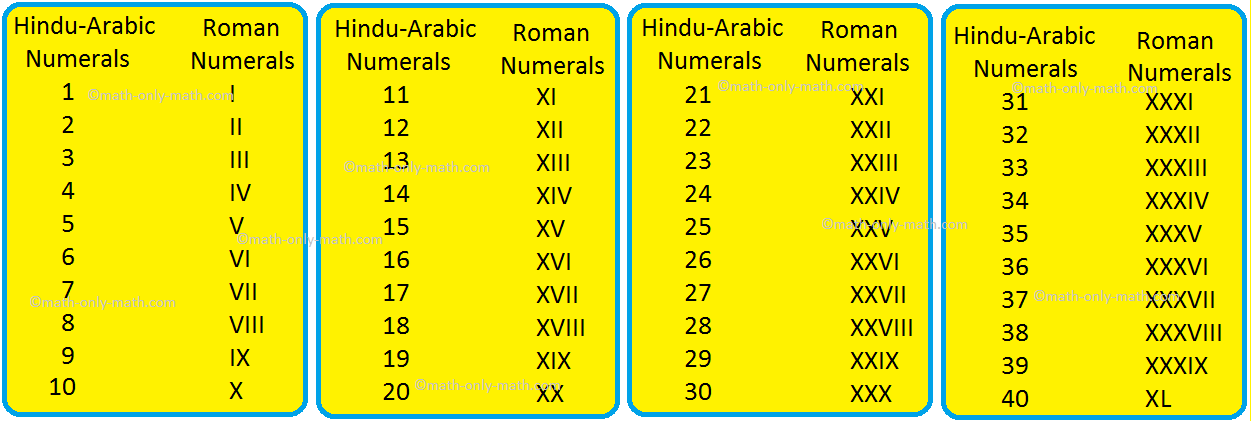
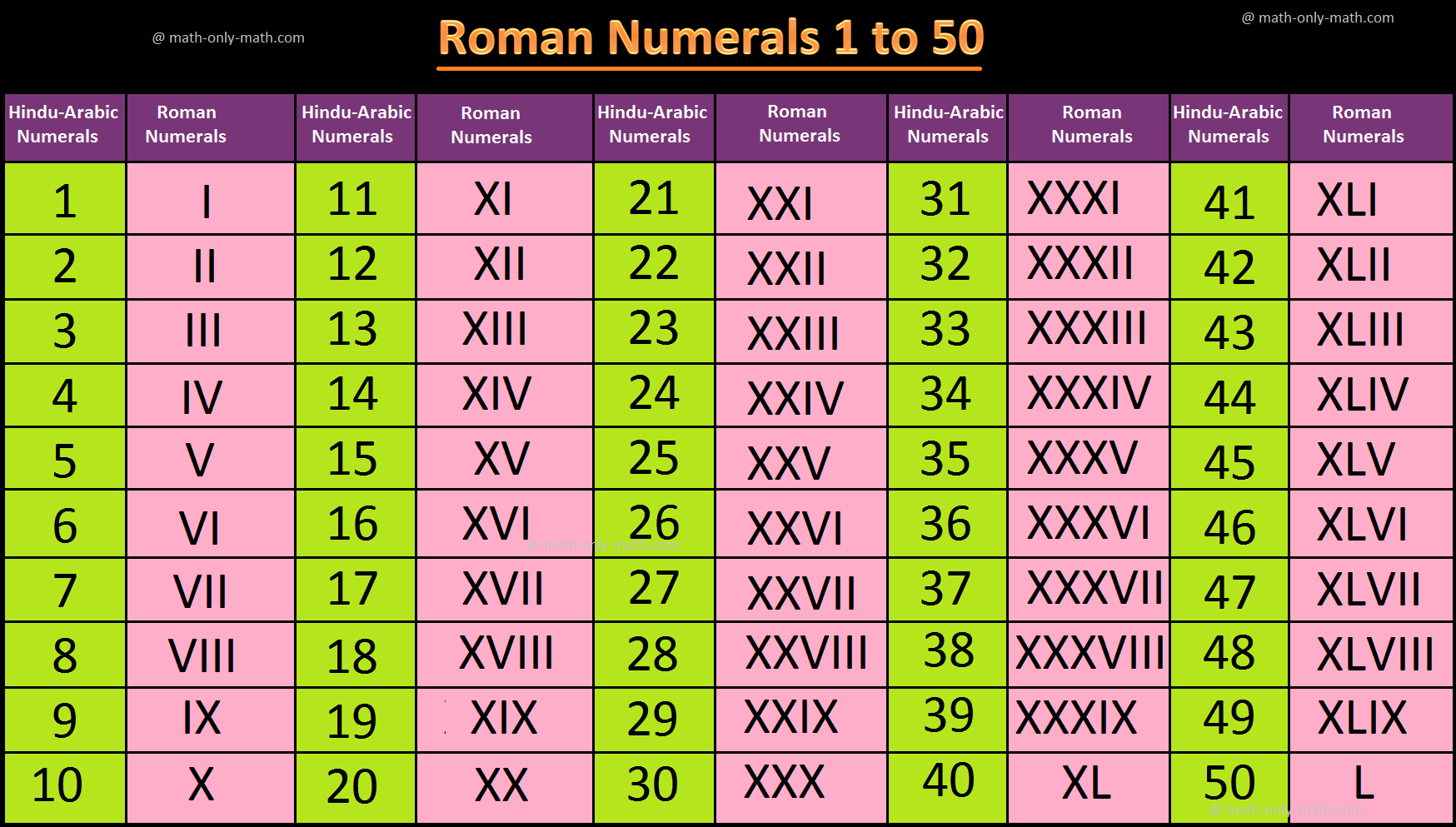

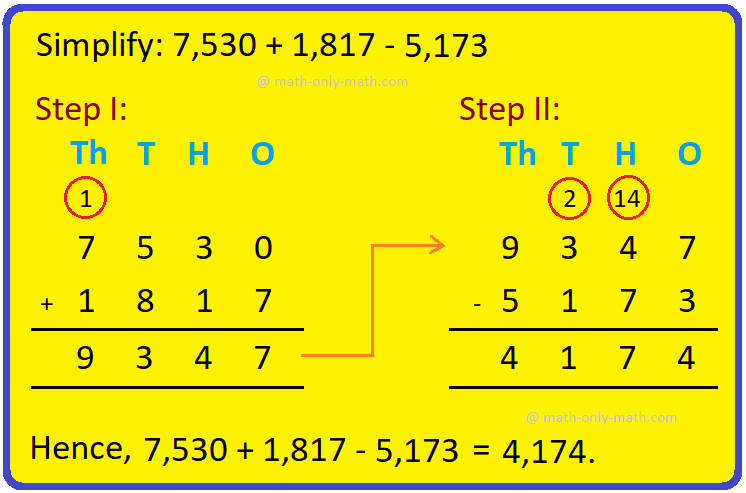
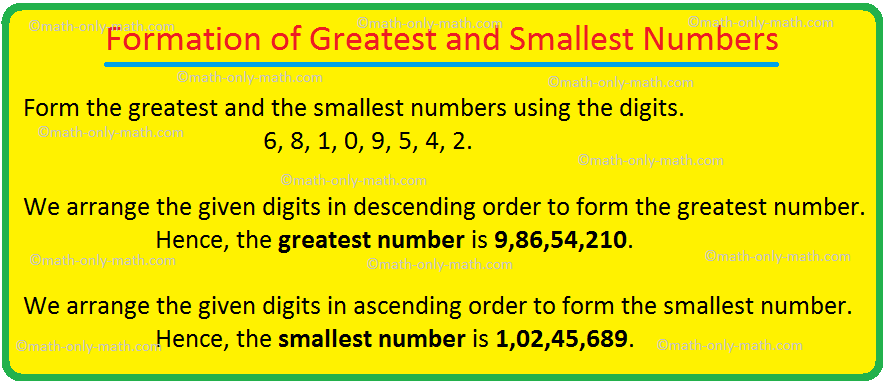
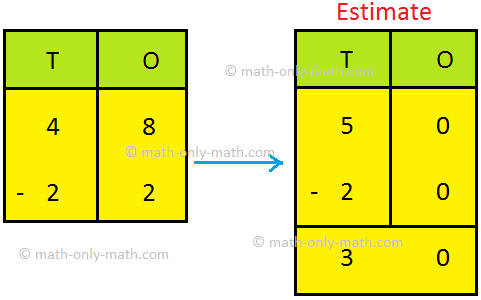

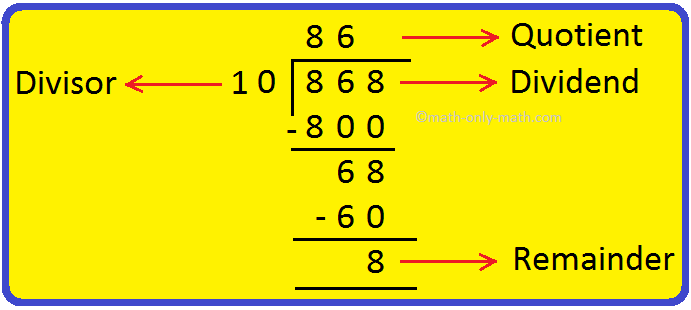

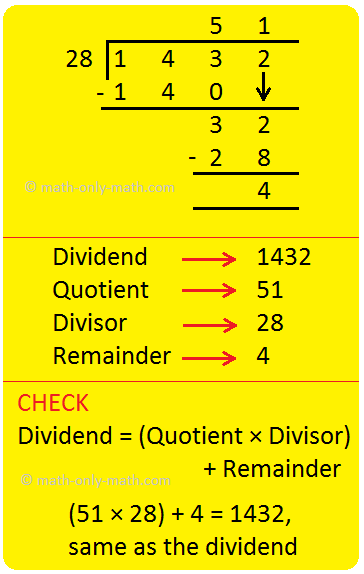

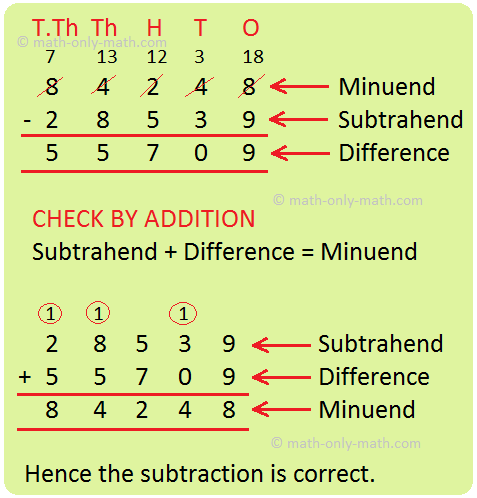

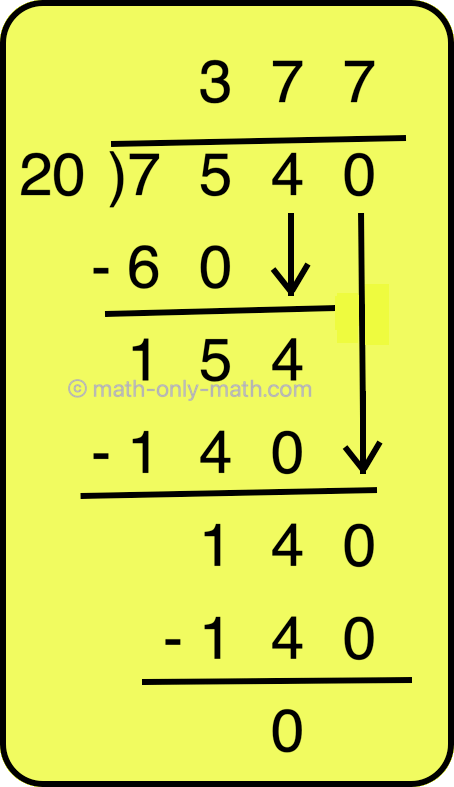




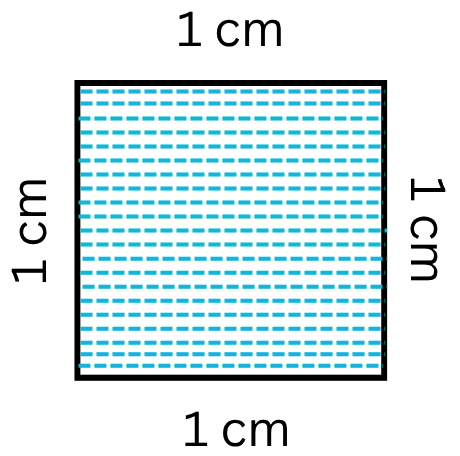
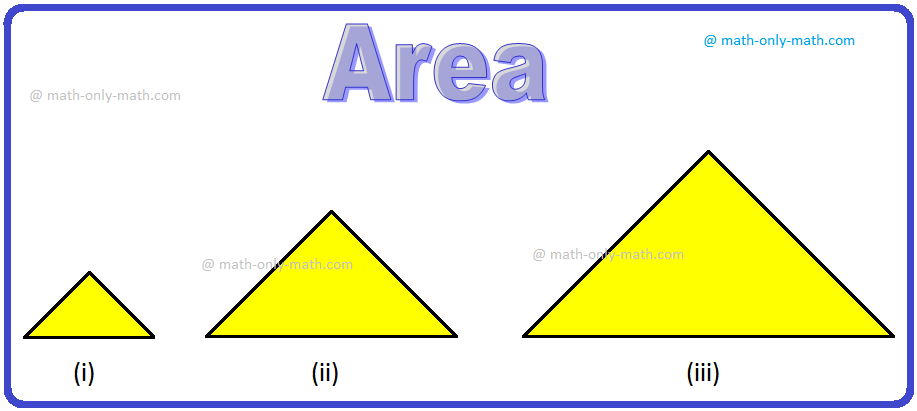
New! Comments
Have your say about what you just read! Leave me a comment in the box below. Ask a Question or Answer a Question.